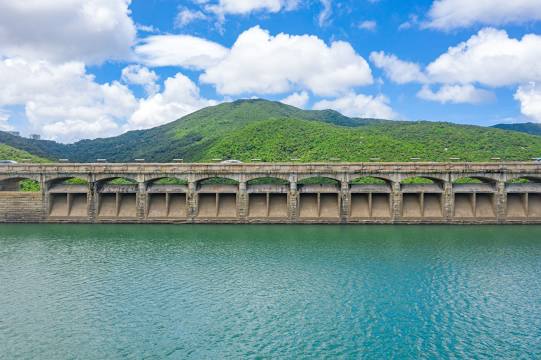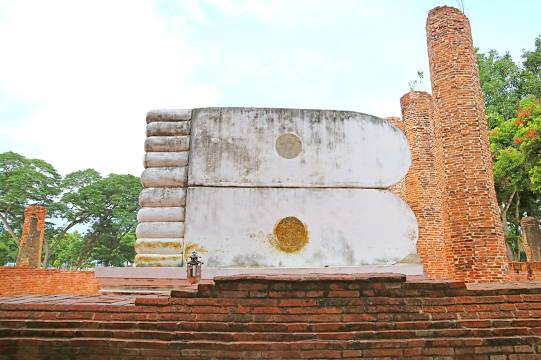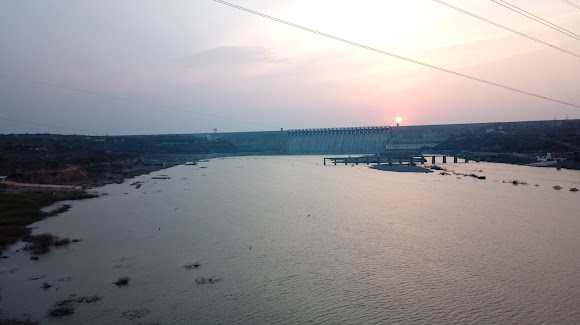Complete Guide about Buddhavanam
-
Location
BUDDHAVANAM, J7GR+X6V, Sunkishala, Telangana 508202
-
Timings
Every Day
10:00 am to 05:00 pm
-
Entry Fee
No Entry fee


Buddhavanam
About Buddhavanam
The Telangana government launched Buddhavanam, a Buddhist theme park, on the northern bank of the Krishna River near Nagarjunasagar with the goal of boosting tourism in the State. In order to build an integrated Buddhist Circuit and draw both domestic and foreign tourists, notably from South-East Asia, the Indian government has approved the idea.
With a size of 279 acres, Buddhavanam is the largest Buddhist historical theme park of its kind. The building was designed to provide insights into the illustrious and modest life of Gautama the Buddha, including Buddhacharitha Vanam (Life of Buddha), Jataka Park, Dhyana Vanam, Stupa Vanam, Maha Stupa, and an inside Buddhist Heritage Museum all on display. Inside the Mahastupa, there is a virtual hanging sky with lotus petals under the sky, as well as beautiful carvings on the drum and drome parts of the structure.
Immediately adjacent to Nagarjuna Sagar, a reservoir was created as a result of building the dam across the river. In the third and fourth century A.D., the Ikshvaku dynasty controlled Andhradesa, and Krishna was known as Nagarjuna Konda or Sriparvata. Vijayapuri served as their capital city. Acharya Nagarjuna, a renowned Buddhist scholar and Madhyamika philosopher, is honoured with the name Nagarjunakonda. In order to spread the Dhamma, several Buddhist sects erected their monasteries, shrines, and stupas in Nagarjunakonda, a centre of Mahayana Buddhism.
Between 1954 and 1960, excavations at Nagarjunakonda produced the discovery of a Maha Stupa, Votive Stupas, Chaityas, Silamandapas, and a sizable collection of Buddhist sculptures and artefacts. A palace complex and a few brick-built Brahmanical temples were also among the constructions that had been uncovered. The main moments in the Buddha’s life as well as stories from the Jataka tradition were portrayed on the sculptured panels. Most of the buildings on Nagarjunakonda Island and at Anupu, a ferry stop on the right bank of the river Krishna, were rebuilt since these remnants were in danger of being flooded by the Nagarjunasagar reservoir. For the advantage of the visitors, the Island Museum displays the recovered artefacts, including the sacred Buddha relics.
Buddhavanam Official Site Link
www.buddhavanam.co
The History
Telangana’s Buddhist Heritage
Telangana became the 29th and youngest state in the Indian Union on June 2, 2014, both geographically and politically. Telangana saw the progressive development of man from the Paleolithic to the Medieval eras. The Assaka (Asmaka) Janapada, which makes up modern-day Telangana, was one of the 16 Mahajanapadas in early-historic India and was a crucial component of the Indian Subcontinent’s early history.
Beggining of Buddhism
The introduction of Buddhism to Telugu land can be dated to the Buddha’s own lifetime, or the 5th century B.C. According to the Buddhist text PARAYANAVAGGA of SUTTANIPATA, a Brahmin sage by name, BAVARI from Kosala Mahajanapada travelled to Assaka during the Buddha’s lifetime, crossed the Godavari River, and established a hermitage on an island known as KAVITTAVANA in the middle of the Godavari in what is now the Nirmal district. According to legend, Bavari, who had heard of the Buddha, sent 16 of his followers to Magadha to study the teachings of the historical figure.
The Buddha was giving a sermon at Venuvana in Vaishali at that time. The followers of the Buddha who were moved by his teachings became Buddhists. PINGIYA, the principal disciple of Bavari, returned and initially delivered Buddha’s teachings to this region while some of the disciples stayed there themselves. Bavari was persuaded as well, changed his religion to Buddhism, and became an ARHANT. After then, some of the disciples turned into followers of the Buddha and spread the Dhamma in the Telugu nation, which for more than a thousand years had a significant impact on the history and culture of its people.
It is now obvious that during the Buddha’s lifetime, Buddhism impacted the Telugu culture in the Godavari region of North Telangana, and from there it expanded to other regions of Telangana. Theravada through Mahayana Buddhism was practised at the Buddhist locations. This is beyond a shadow of a doubt demonstrated by the archaeological findings at the sites of Kotalingala, Kambalapally, Pashigaon, Dhulikatta, Phanigiri, Tirumalagiri, Vardhamanukota, Gajulabanda, Nelakondapalli, and Siri Parvata Valley (located in the modern Nagarjunasagar region). Kotalingala, the initial capital of the pre-Satavahana monarchs during the third and second centuries B.C. and the Satavahanas in the first century B.C., is consequently situated in the middle of the later Satavahana Capitals of Paithan and Dhanyakataka.
Dekho Apna Desh
The DAD of Tourism
Get Direction to Buddhavanam
Near Attractions




